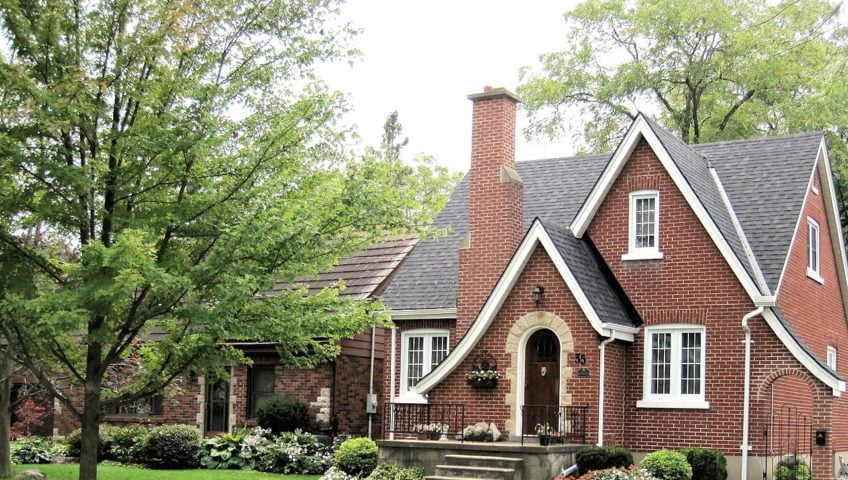Think twice before covering your roof vents in the winter. Although you might be worried about a draft entering your home or the chance of increased heating costs, your roof vents should never be barricaded. This article explains why.
If you’ve ever glanced up at your rooftop you’ve probably noticed your home’s roof ventilation. You may have even heard your roof contractor suggest the roof vents need to be replaced in order to protect your roof. In this article we’ll describe where vents are located, the different types there are, and what they do. And most importantly, why you should never cover them.
What do roofing vents do?
Most common on steep-slope roofs, exhaust, and intake ventilation allow outside air to enter and exit the attic’s ventilation spaces.
Where is roof ventilation located?
Intake and exhaust vents are most efficient when paired together near the roof’s highest peak.
What are the benefits of venting your attic?
There are many reasons why your roof should be vented. A poorly ventilated home will not provide for the escape of heat that naturally builds up in attic spaces. The increased heat can eventually damage shingles.
In addition to protecting the roof, a properly vented home will help push hot air out of the home during the summer months, which will prevent your air-conditioner from overworking itself. This means a lower energy bill and a better functioning unit.
Ventilation is important because it prevents extreme high and low-temperature fluctuations. Allowing hot air to exit and cool air to circulate is crucial in keeping your home comfortable year-round.
What are the different types of ventilation?
There are several common types of roof vents. The type you have depends on what’s necessary for your home’s construction. The most popular types of intake and exhaust roof vents include:
Intake vents:
- Continuous soffit vents
- Individual soffit vents
- Drip edge or eave vents
Exhaust vents:
- Turbine vents
- Ridge vents
- Static vents
- Gable-end vents
- Powered vents
Regardless of the type of roof vent, their purpose is the same, which is to create air circulation and prevent attic and roof damage in the winter.
Why you shouldn’t cover roof vents?
Even though vents can cause attics to become colder in the winter months, they should still never be covered. Without proper air circulation your risk of structural and home environment damage increases.
By covering roof vents you’ll trap moisture and warm air. This can lead to the growth of mold which can cause potential health problems. In addition, if you live in an area that has snow or ice storms, the melting water can cause an ice dam when it falls onto a warm attic. Ice dams are damaging to a roof and can lead to potential roof leaks.
What’s the solution?
Instead of worrying if heat is escaping from your attic, check the attic’s temperature in the evening. It will likely be close to the outdoor temperature. If your attic is warmer, that means heat is leaking into the attic and you’ll need to fix your insulation problem rather than covering up the vents.
Whether you need a vent replacement or a new roof, Heritage Construction can help your home stay warm and dry all year long. Contact us today for a free roof inspection, and keep your vents clear so air can circulate properly throughout your home and attic.






Write a Comment